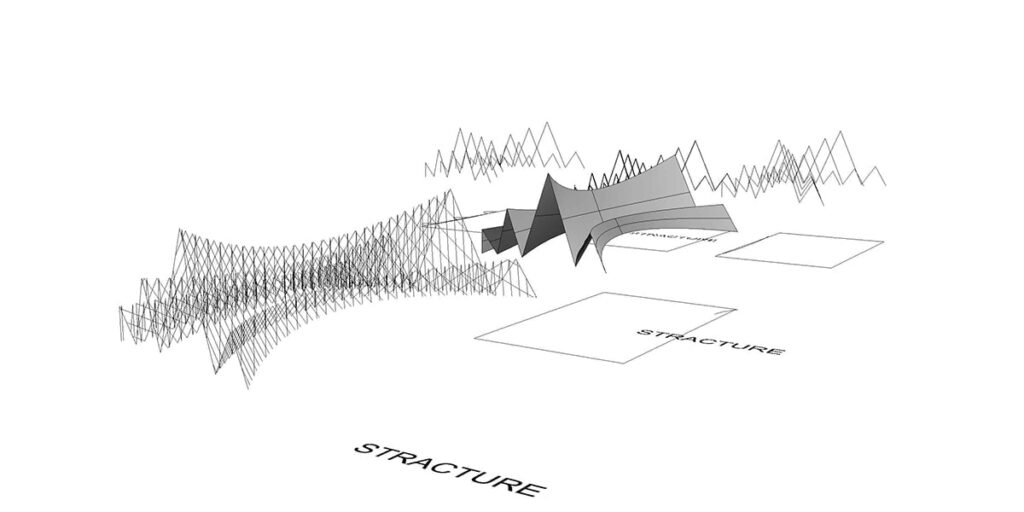Span is the distance between two moderate backings for a design, for example, a bar or a scaffold. A span can be shut by a strong bar or by a rope. The main kind is utilized for spans, the second one for electrical cables, upward telecom lines, a few sort of receiving wires, or for ethereal tramways.
Span designing not just requires thorough information and comprehension of plan and development procedures. Yet additionally requests that the test of the drawn-out conduct and support of such constructions is met. This requires a creative, multi-disciplinary methodology based on a sound reinforcement of involvement and examination.
Span Development Arranging
Span development will in general include immense activities that incorporate the use of abilities connected with a few designing disciplines including geography, common, electrical, mechanical, and PC sciences. Accordingly, coordinating the endeavors of all included should be fastidious. We usually arrange the underlying plans in regards to the venture, including the attributes of the ideal scaffold, the site subtleties, and the necessity of assets.
The extension configuration is still up in the air by the kind of scaffold. The fundamental sorts of the extensions are bar, curve, support, cantilever, and suspension. The pillar span is one of the well-known sorts. You can classify scaffolds by the arrangement, similar to street and rail span, walker asphalt, material like steel or concrete, and fixed or moveable. The development of moveable extensions is when the boat stature might be more than the scaffold floor. In such circumstances, the street can be lifted or turned, allowing marine traffic development under it.
Establishment
Development of the establishments is the initial move toward building an extension. This interaction includes point-by-point geotechnical examinations of the scaffold site. Additionally, you must choose the kind of scaffold establishment, such as the good establishment, heap establishment, and the opened establishment. Every establishment is reasonable for explicit soil layers, and the ideal scaffold attributes.
The dirt qualities will decide the heap bearing limit, and other significant boundaries. We essentially plan the superstructure as per the specialized prerequisites, tasteful reasons, and development philosophy. Exhuming needed for the establishments might be executed to sizeable profundities, including hard ground before the strong rocks are reached. Designing accomplishments will be involved to stay away from water and forestall breakdown of the diggings. Burrows explicitly might be exposed to unexpected disappointments.
Span Development Gear
Weighty gear will be utilized widely during the extension development including tractors, earthmovers, black-top blenders, formworks, and creation hardware. The development and other hardware should be distinguished completely, as per their capacity and other wanted capacities. The establishment and the superstructure configuration should be thought of. This costly gear ought not to stay inactive, and should be utilized circumspectly to get the ideal benefit.
Burdens
A few burdens follow up on an extension, and the scaffold is planned as needs be. Dynamic burdens are especially of prime importance. A scaffold perseveres through the typical vehicle loads, and different powers made because of winds and tremors. A few extensions have imploded because of rapid breezes. Regardless of whether the breeze speeds are sensibly low, the powerful powers can become inordinate for the extension to stand up to.
At first, the extension might vibrate fiercely, causing the scaffold design to come up short at a couple of frail components, or even harm the significant parts. Examinations directed after span disappointments prove that the genuine powers on spans were essentially less contrasted with the heaps for which the scaffold was planned. In any case, the motions made because of the breezes were to the point of causing disappointment. In this manner, unique support might be fundamental for avoidance against high-velocity breezes and tremors. Consequently, lighter materials are utilized that are organized inappropriate mathematical constructions, and it is guaranteed that the setup is efficiently steady.
Testing of Extensions
Since span development is a costly undertaking, it is fundamental that all essential tests might be led preceding the genuine development. These tests and examinations can uncover the scaffold conduct under various unique burdens. PC helped plan and testing are amazing assets to aid the extension plan. Span configuration has benefited impressively because of the development of PC programs. Such PC programs uncover tremendous data concerning the impact of various powers on an extension. Generally, we widely utilize airstreams for the examination of airplane plans. Many people utilize these methods presently for span plan assessment. An air stream is fundamentally a space that is encased. Air at a quick speed travels through the scaffold model. Possible plans and underlying deformities can be in photography and investigation of the air development design over the model.
